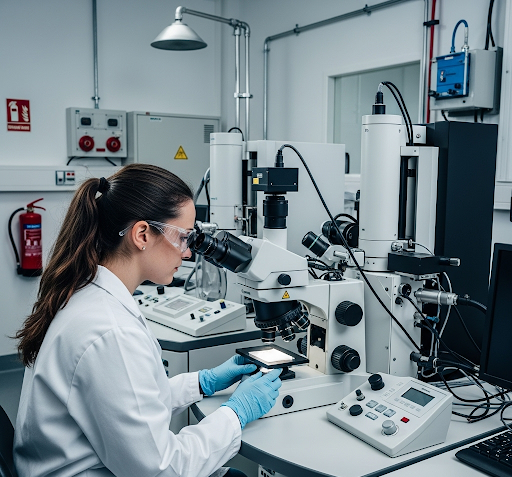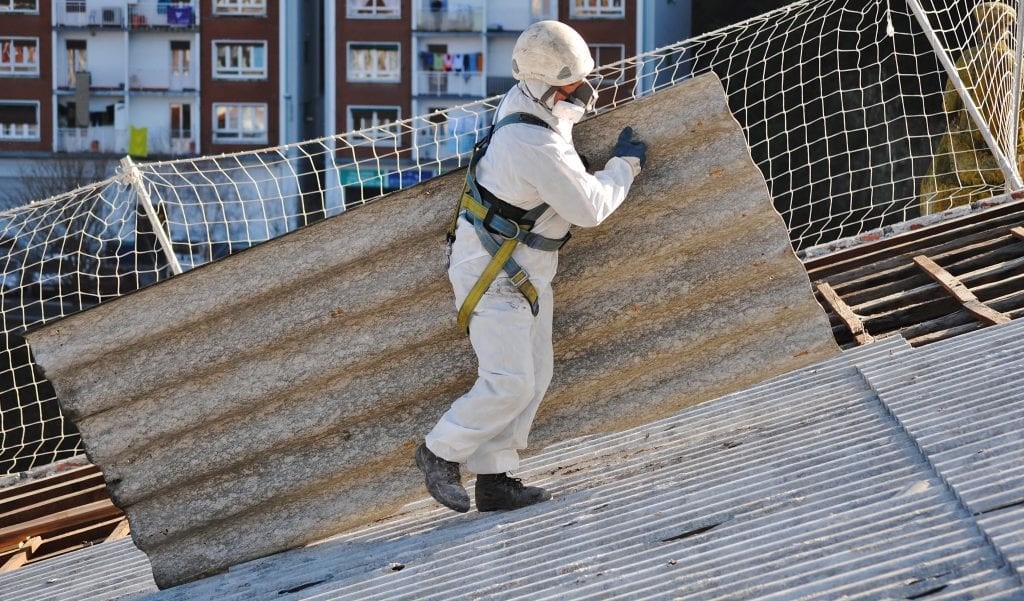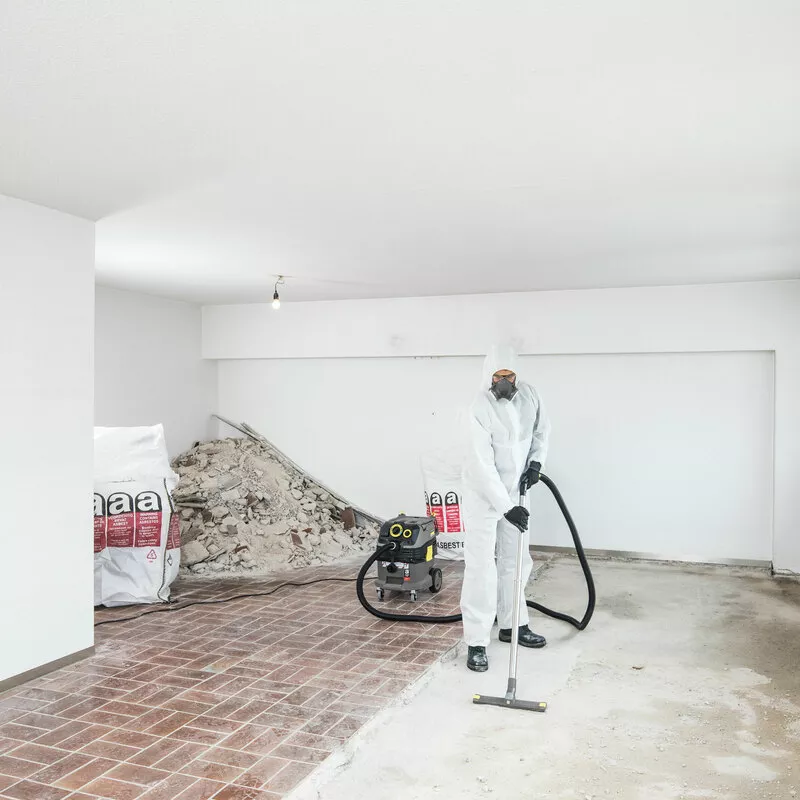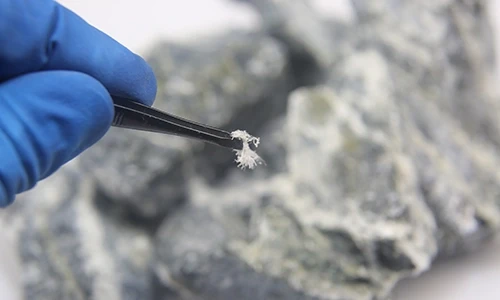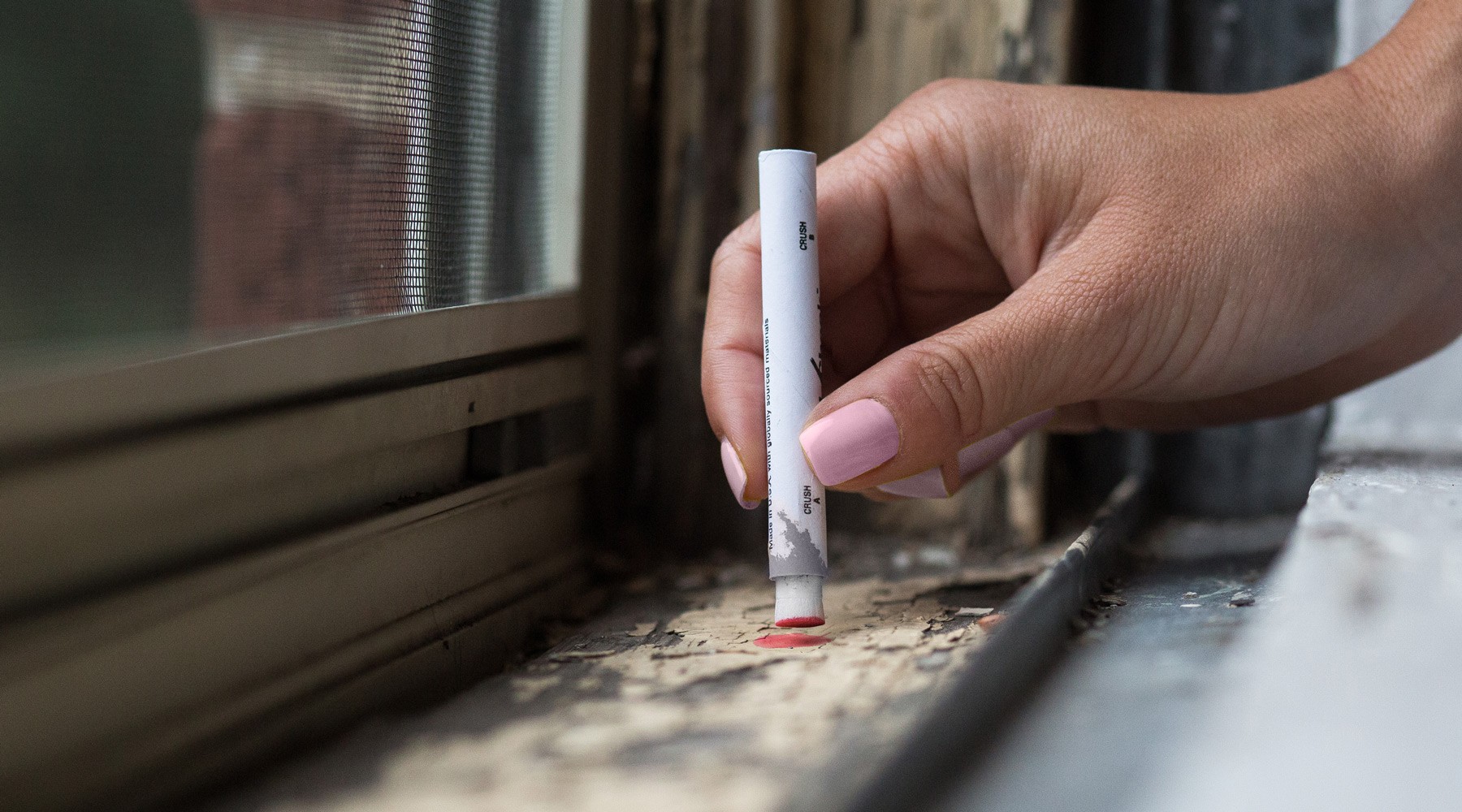Once hailed as a “miracle material” for its fireproof and insulating qualities, asbestos is now recognized as a major health hazard. Common in buildings constructed before the 1990s, asbestos-containing materials (ACMs) can pose serious risks when disturbed — making asbestos testing a critical step before any renovation, demolition, or real estate transaction.
⚠️ Why Asbestos Is Dangerous
Asbestos fibers are microscopic and easily inhaled. Once inside the lungs, they can cause long-term and often fatal illnesses, including:
-
Asbestosis (chronic lung scarring)
-
Lung cancer
-
Mesothelioma (a rare cancer linked exclusively to asbestos exposure)
-
Pleural disease (thickening of the lung lining)
What’s most concerning? Asbestos-related diseases may take 10 to 40 years to appear, making prevention the only real protection.
🏠 Where Asbestos Might Be Found
If your building was constructed or renovated before the early 1990s, it may contain asbestos in:
-
Pipe insulation and boiler lagging
-
Floor tiles and adhesives
-
Ceiling tiles and spray-on coatings
-
Roofing felt and shingles
-
Textured paints or popcorn ceilings
-
Cement sheets, panels, and siding
-
HVAC duct tape and insulation
-
Electrical switchboards or fuse boxes
Even well-maintained buildings can pose risks if asbestos is accidentally disturbed.
🔍 What Is Asbestos Testing?
Asbestos testing is the process of identifying and analyzing materials suspected of containing asbestos. A certified professional collects samples from the property and submits them to an accredited lab to confirm the presence and type of asbestos.
🧪 Types of Asbestos Testing
1. Bulk Sampling
Material samples (like drywall, insulation, or flooring) are taken and analyzed to determine asbestos content.
2. Air Monitoring
Measures airborne fibers, especially after construction, fire damage, or removal work.
3. Dust Sampling
Surfaces are wiped to test for asbestos contamination in settled dust.
4. Soil Testing
Common on old industrial sites or where asbestos waste may have been buried.
🧑🔧 Who Should Perform Asbestos Testing?
Only licensed or certified asbestos professionals should conduct sampling and testing. These specialists are trained in:
-
Safe collection methods
-
Regulatory compliance
-
Hazard recognition
-
Risk assessment
DIY testing is not recommended or legal in many jurisdictions, as disturbing asbestos without proper containment is dangerous and may release fibers into the air.
🛠️ When Do You Need Asbestos Testing?
You should conduct asbestos testing if:
-
You’re planning renovation or demolition
-
The building was constructed before 1990
-
You notice damaged insulation, tiles, or ceiling panels
-
You’re buying or leasing an older commercial property
-
You’re managing compliance for schools, hospitals, or government buildings
-
You suspect post-fire or flood damage may have disturbed ACMs
⚖️ Legal Requirements & Compliance
Many countries and regions mandate asbestos surveys before any disturbance of suspect materials:
-
EPA (U.S.) – Regulates asbestos under the Clean Air Act and TSCA
-
OSHA (U.S.) – Requires workplace safety precautions if asbestos is present
-
HSE (UK) – Requires a “management plan” for all non-domestic buildings
-
State/provincial building codes – Often require asbestos clearance before issuing permits
Failure to comply can result in fines, lawsuits, project delays, or health claims.
🧾 What’s in an Asbestos Testing Report?
A professional report typically includes:
-
Types and locations of confirmed ACMs
-
Condition and risk level of each material
-
Laboratory test results
-
Recommendations for management or removal
-
Regulatory guidance and next steps
✅ What If Asbestos Is Found?
Finding asbestos doesn't always mean you need immediate removal. Depending on the condition and risk, options may include:
-
Encapsulation – Sealing the material to prevent fiber release
-
Enclosure – Isolating the ACM from occupants
-
Removal – Required if the material is damaged or will be disturbed
-
Air monitoring – Before and after abatement to ensure safety
All remediation should be performed by licensed asbestos abatement professionals using proper containment and disposal protocols.
🚫 Don’t Guess — Test
Asbestos is invisible to the naked eye and not something you can afford to ignore. Whether you're a homeowner, contractor, landlord, or facilities manager, professional asbestos testing is the only way to ensure your environment is safe and compliant.
📞 Need Asbestos Testing? Let’s Talk.
Our certified inspectors provide fast, reliable asbestos testing services for residential, commercial, and industrial properties. We’ll help you assess the risk and take the right steps toward safety and compliance.
👉 Contact us today to schedule a site visit or request a free quote.





